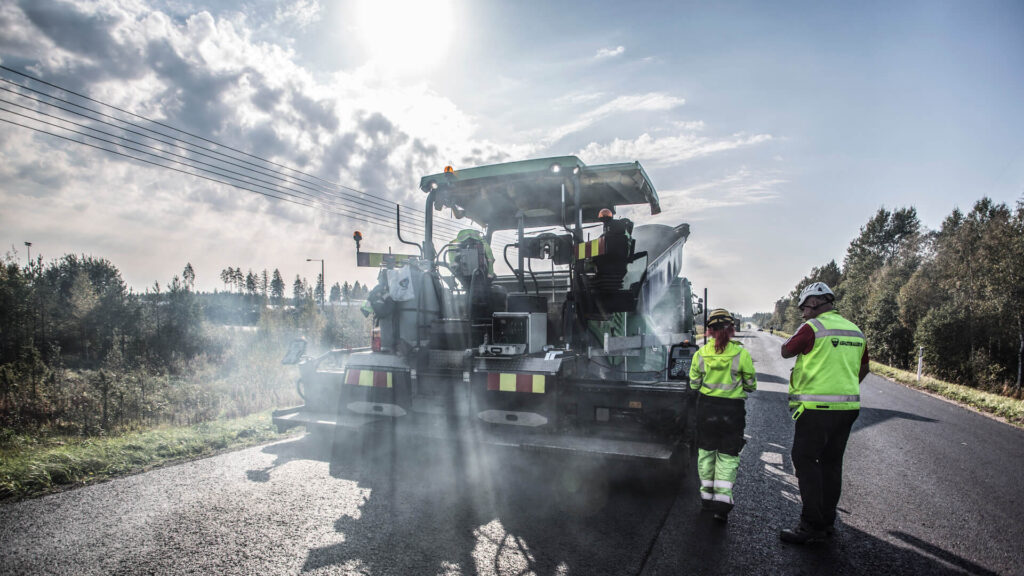Roads will be sufficiently paved this summer, but the pace of current decisions will stop immediately. INFRA offers an All-in solution: "We will use the government's entire repair debt package in 2024 and 2025. This way we will have two good years in a row, we will be able to determine the effects and we can draw conclusions about the development needs of paving financing", chairman Juha Arvola suggests.

This year, roads in Finland will finally be paved sufficiently, 4 kilometers. In the background is the government's repair debt package of a good half a billion euros. Half of it was used immediately, but the rest of the money is being distributed over the remaining three years of the government's term.
"Already next year, the paving allocation will again fall to an insufficient level. The rest of the repair debt package should be used as early as 2025. This way we will have two consecutive good years, when the road repair debt will not increase", appeals the chairman of INFRA's board of directors Juha Arvola.
According to expert estimates, the growth of the road repair debt will stop when the roads are paved at least
4 kilometers per year. The last time the goal was reached in consecutive years was 000 years ago.
"Saw financing endangers the sustainability of the paving industry and ultimately also road safety and smooth movement", Arvola reminds.
"By condensing the use of money to the years 2024 and 2025, citizens and decision-makers would be able to ascertain the effects of adequate and slightly more long-term road funding. For contractors, stable financing is the basis of sustainable business. As funding fluctuates, investments in personnel, equipment, quality and innovation are on a knife's edge. Finnish know-how and competitiveness in the field suffer."
In asphalt production, annual fluctuation of even more than 50 percent
The coating industry has persisted in uncertainty for decades. The biggest single factor affecting production volumes is the state's paving budget.
"Imagine running a company in a field that requires millions of investments in heavy machinery and the recruitment of specialists in a labor shortage sector - and only for part of the year. There is one major customer, and the thickness of the order book is constantly changing", INFRA's leading expert Nina Raitanen describes.
For the past 10 years, state roads have been paved an average of 2 kilometers per year. In recent years, the bottoms have been 700–1 kilometers. The annual variation of production has averaged 500 percentage points during the review period. At worst, the variation between individual years has been more than 1 percent. The number of personnel varies between years by up to 800, in the entire chain by more than 14.
"The staff is getting older, and it is difficult to attract new talent. Adapting the amount of equipment to the market is difficult, there are few incentives for green equipment investments. With the all-in model, the contractors could for once focus on paving for two years without adjusting personnel and machines. Operations would become more efficient and more would be covered with the same resources."
Raitanen believes that the model could have more permanent consequences: "A period of intensive care for a couple of years brings positive results. It can encourage a new kind of allocation of funding in the future as well."
ADDITIONAL INFORMATION
- Nina Raitanen, nina.raitanen@rt.fi, tel. 040 744 2996, INFRA association
- Juha Arvola, juha.arvola@swerock.fi, tel. 0400 151 739, Peab Industri Oy
- Information on road paving funding and annual paving amounts from the Finnish Railways Agency's document "Allocation of road maintenance funding 2024–2027"